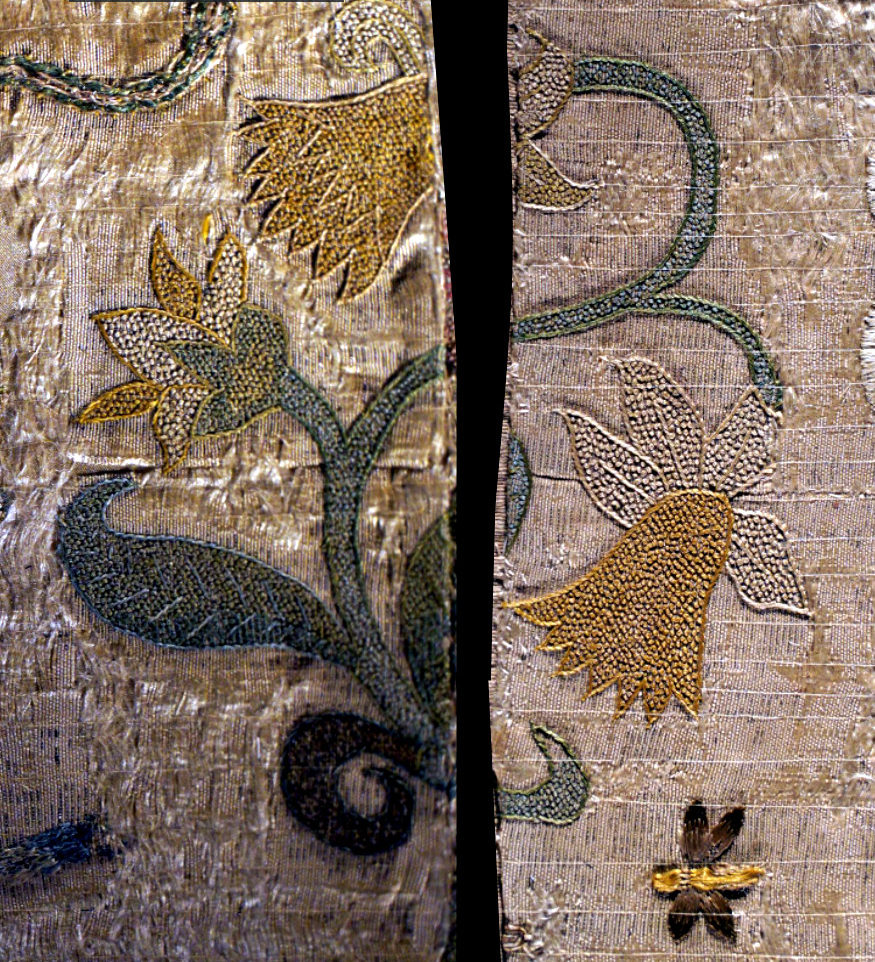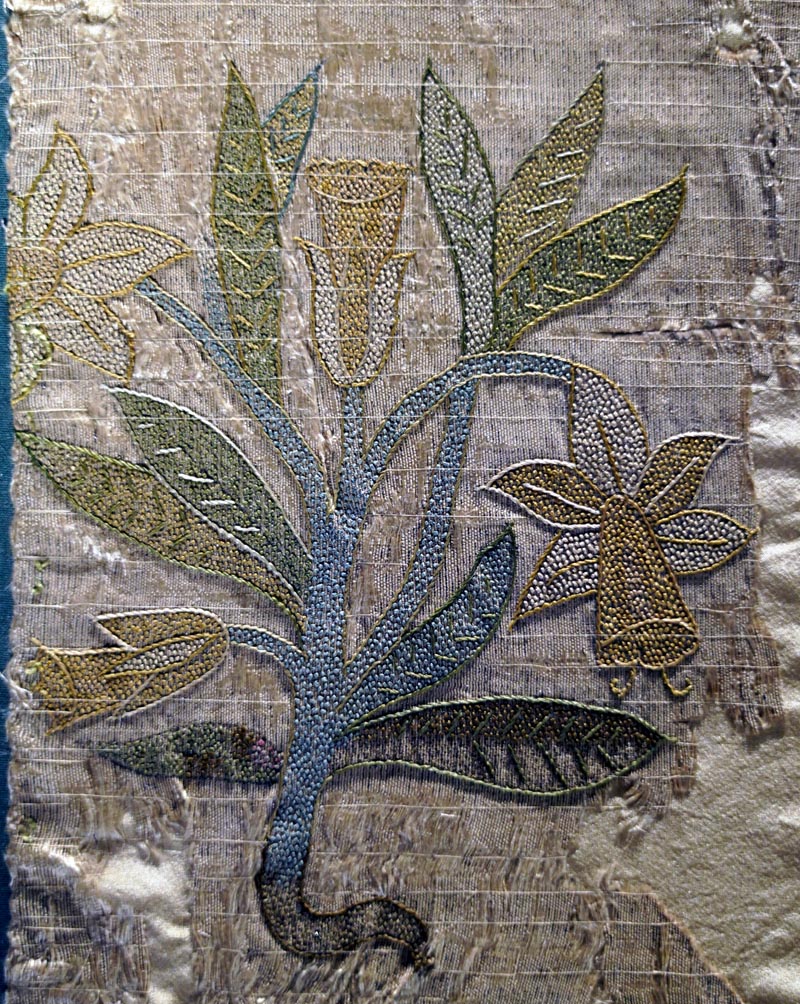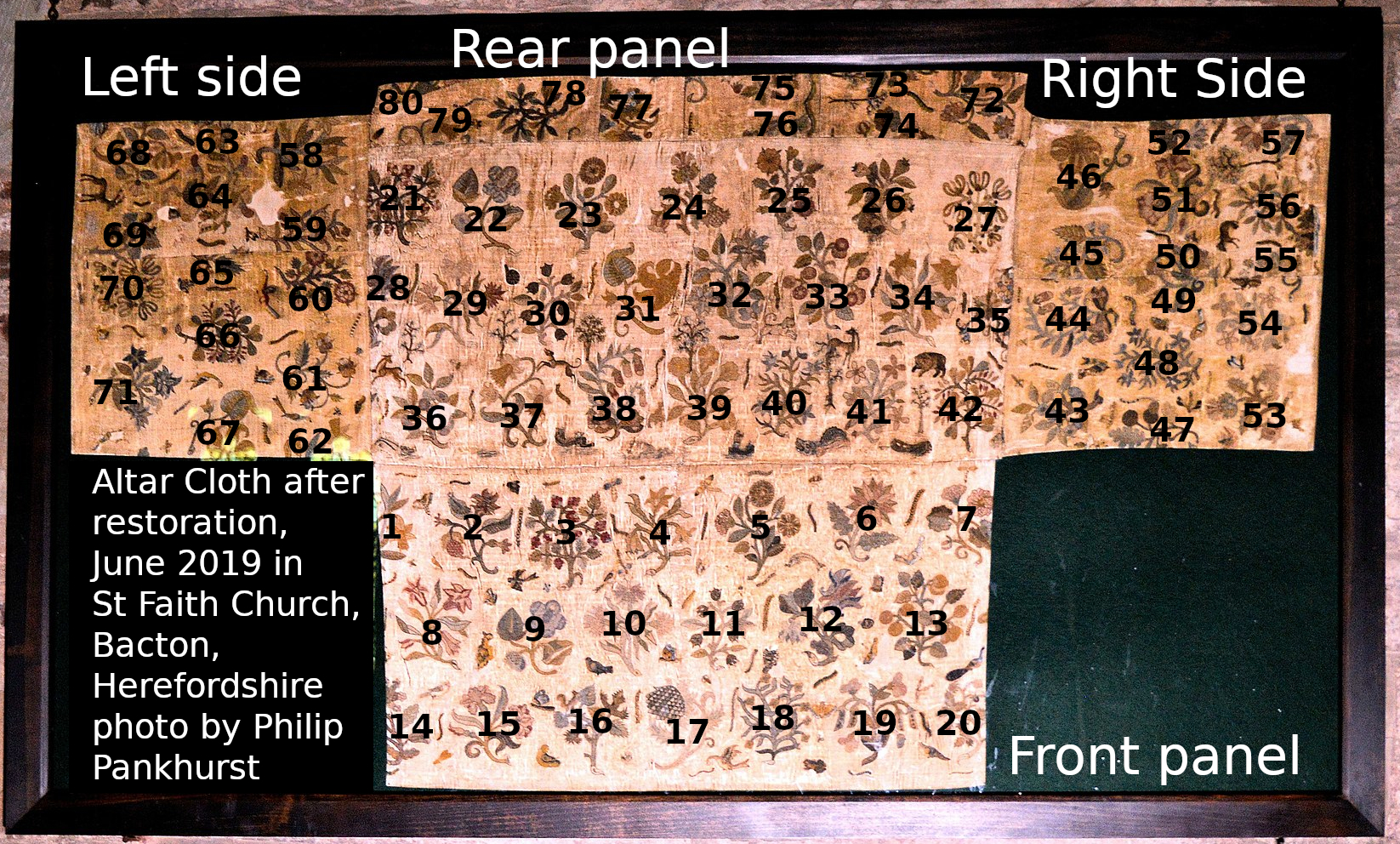
The BAC Stitch Group hasn’t been posting, but that doesn’t mean we haven’t been researching and presenting. In May 2021 we shared our paper ‘Dogs, Deer, Bears, and Ghosts: The Hunting Scene on the Bacton Altar Cloth’ at the Medieval Dress and Textile Society Annual Conference. In May 2022 we returned to the same conference to present ‘Digital Reconstruction of the Embroidered Fabric that became the Bacton Altar Cloth’ and followed this presentation with a longer and more casual




